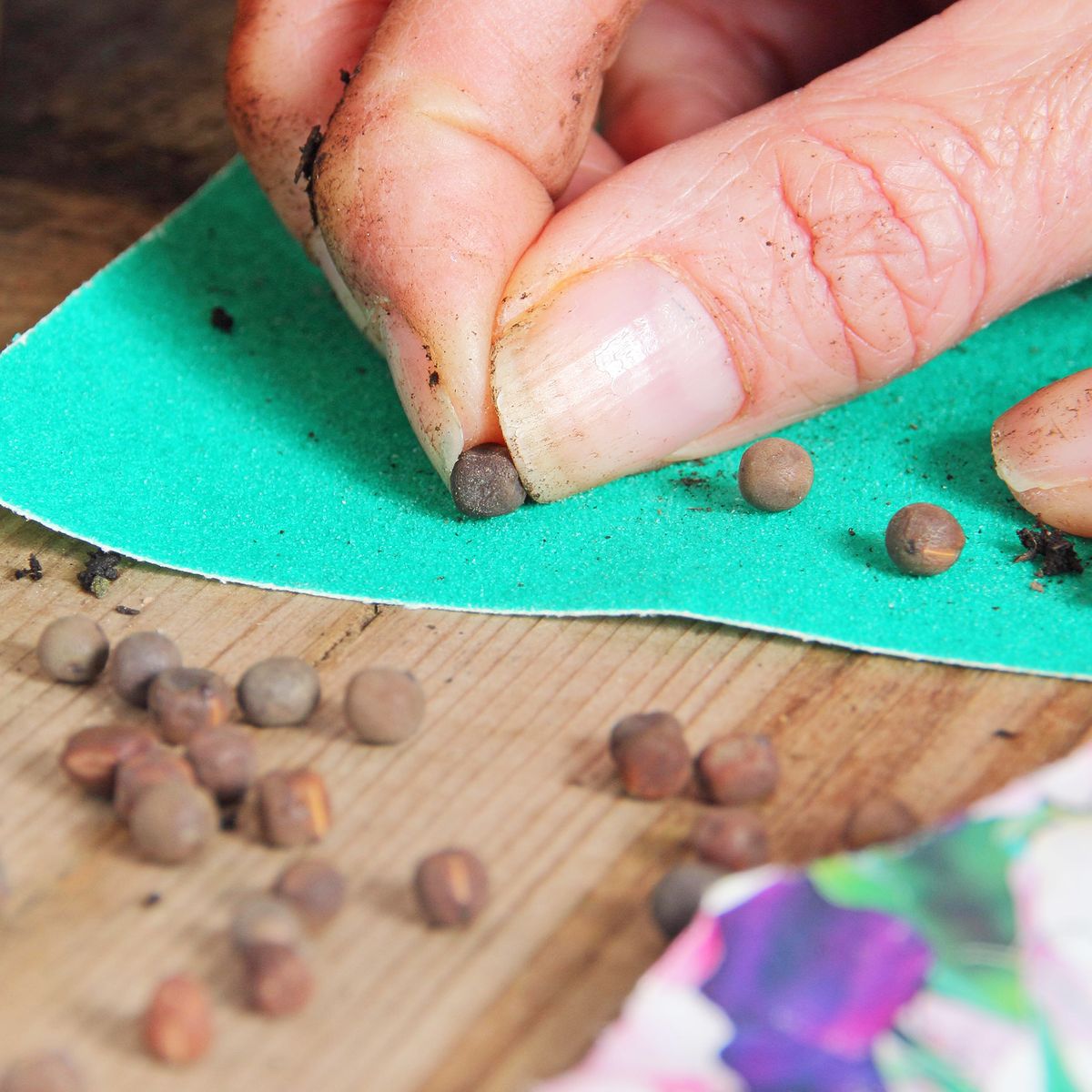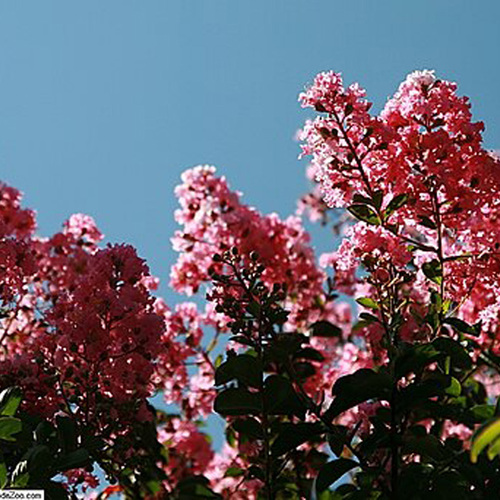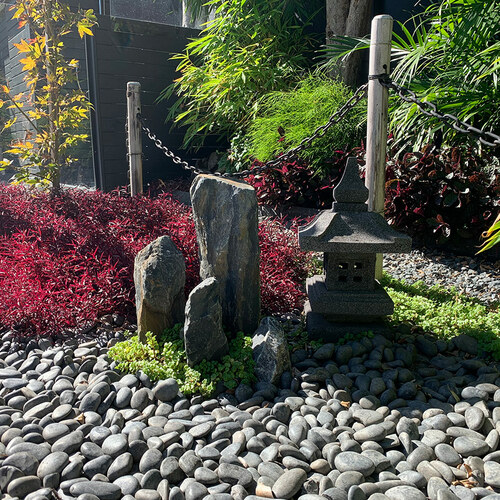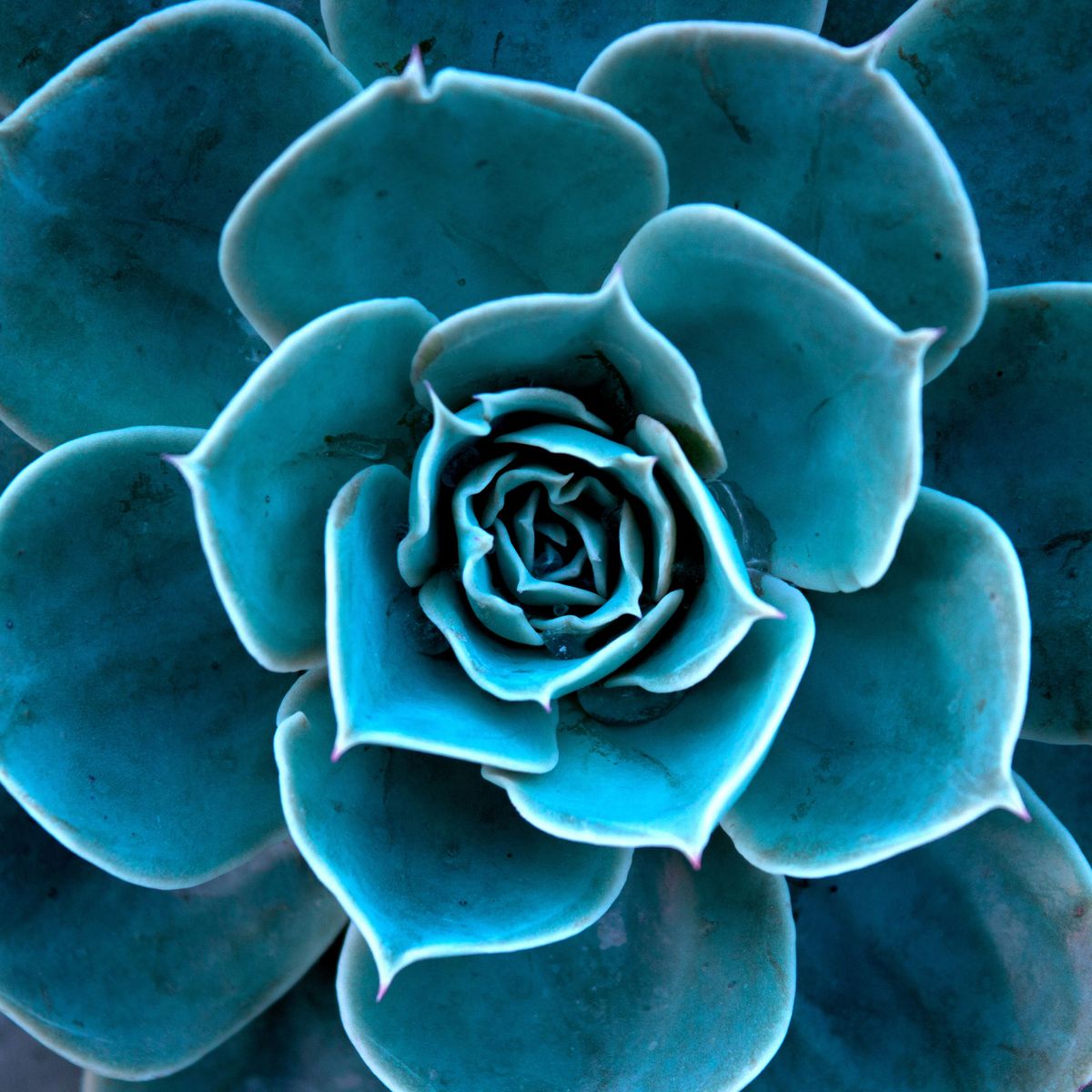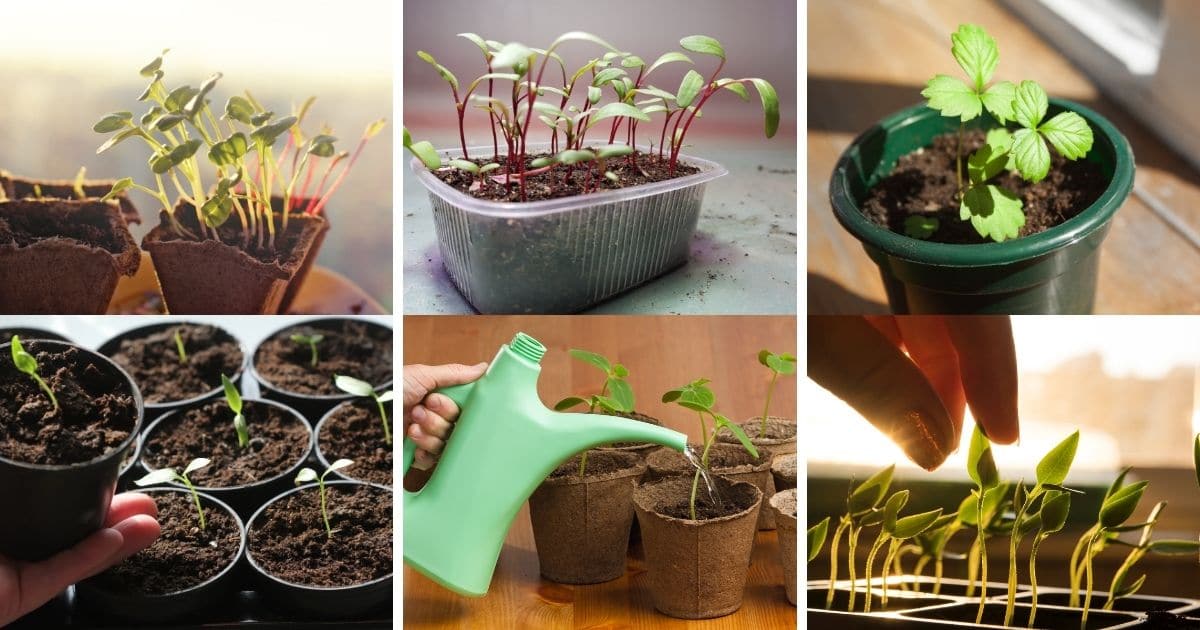In an edible landscape, hidden among your usual ornamental flowers and shrubs are herbs, fruit, flowers, and vegetables that you can—yes—eat! It all comes down to choosing the right edible additions for your space.
There are many creative ways to sneak more edible plants into your landscaping without sacrificing good looks. It’s important to choose edible plants that are ornamental but not especially appealing to wildlife. The technique is also a great way to maximize production in a limited space. We’ll help you pick the best plants—from shrubs to flowers!
Fruit for Edible Landscaping
Blueberries
If you have room for another shrub or two, try planting highbush blueberries. These tidy shrubs have pretty, bell-like flowers in the spring, tasty fruit in the summer, fall foliage colors ranging from gold to deep red, and twisty branches with interesting bark in winter—making them a year-round delight. See our Growing Guide for Blueberries.
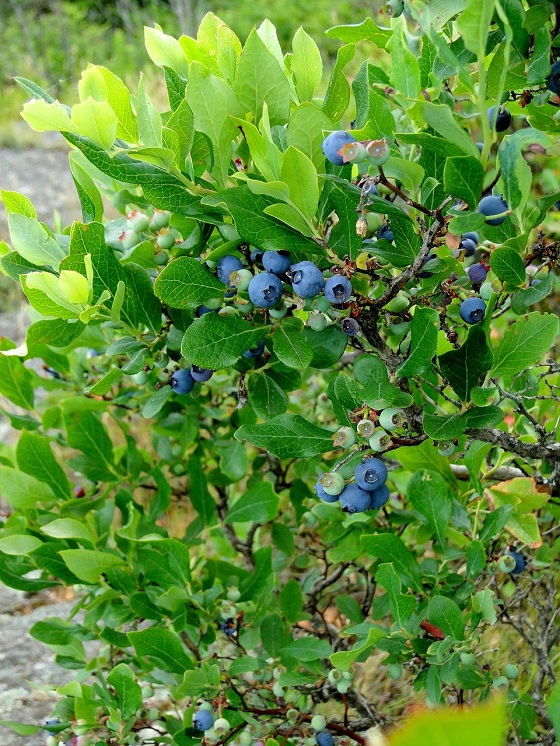
Fruit Trees
If you are looking for a flowering tree, consider planting a dwarf apple, peach, pear, plum, or cherry tree. There are lots of dwarf tree varieties to choose from that will give you beautiful blossoms and delicious fruit. If space is tight, try an espalier.
Fruit trees can be trained to grow along a wall, fence, or against the side of the house. I recently visited a garden that had alternating pears and apples growing up the front of the house. The homeowner says she can pick the fruit from her bedroom window!
If climbing vines are needed to act as a screen or cover an arbor, try hardy kiwi or grapes. They may take a few years to reach fruiting size, but it will be worth the wait.
See all of our Growing Guides for Fruit Trees and Vines.
Brambles (Raspberries and Blackberries)
Brambles are easy to grow and make great hedges. They need full sun but will still bear a reasonable amount of fruit in light shade. Raspberries are available in many colors including red, gold, black, and purple. Plus, there are thornless varieties of raspberries and blackberries that make picking much easier.
See our Growing Guides for Raspberries and Blackberries.
Strawberries
Alpine strawberries are better behaved than their larger counterparts. Most do not send runners all over the place but grow as neat little mounds instead, making them a tidy edging plant for flower beds. As day-neutral strawberries, they blossom and bear a large flush of fruit in the spring and continue to repeat blossoming and fruiting throughout the growing season. Kids love picking these tiny treasures; even though the berries are small, they pack a lot of flavor. Take a morning walk with bowl in hand and collect some for your breakfast cereal, if the kids haven’t already eaten them all!
See our Growing Guide for Strawberries.
Herbs and Vegetables for Edible Landscaping
Pole Beans
If you want a quick cover, pole beans will do the job, giving you flowers to enjoy and awesome beans for dinner. For extra color, try yellow ‘Golden Gate’, speckled ‘Rattlesnake’, or purple Italian heirloom bean ‘Trionfo Violetto’. If you have nibbling pests like rabbits, simply encircle the bottoms of the plants with chicken wire but the height of pole beans generally means the pods are out of reach.
See our Growing Guide for Beans.
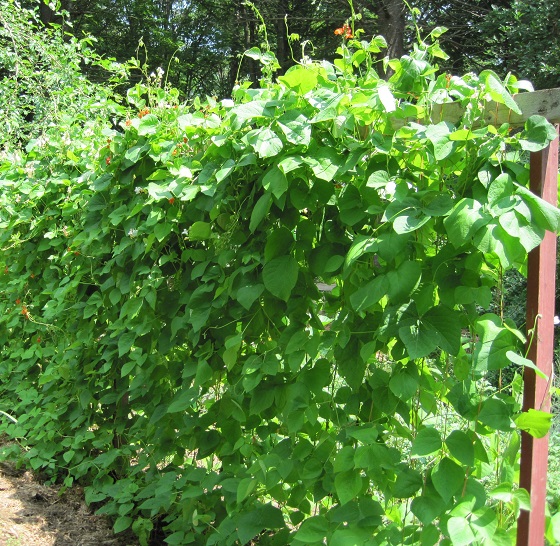
Herbs
You can sneak some herbs into the flower border as well. Some herbs are safer choices for edible landscaping; rosemary, thyme, sage, and oregano all add interesting foliage and scents to the garden.
Both rosemary and lavender look great as borders or clipped hedges to add structure to the garden or yard. Thyme makes a great ground cover, as it’s a low-growing herb.
See all of our Growing Guides for Herbs.
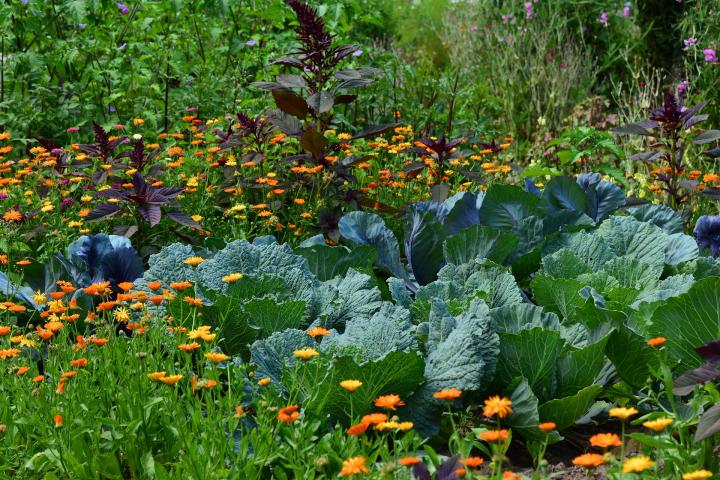
Onions, Garlic, Chives
These “stinky” plants are beloved by humans but not by most animal pests. In fact, this allium family works great as a border to keep critters away from other plants!
See our Growing Guides for Onions, Garlic, and Chives.
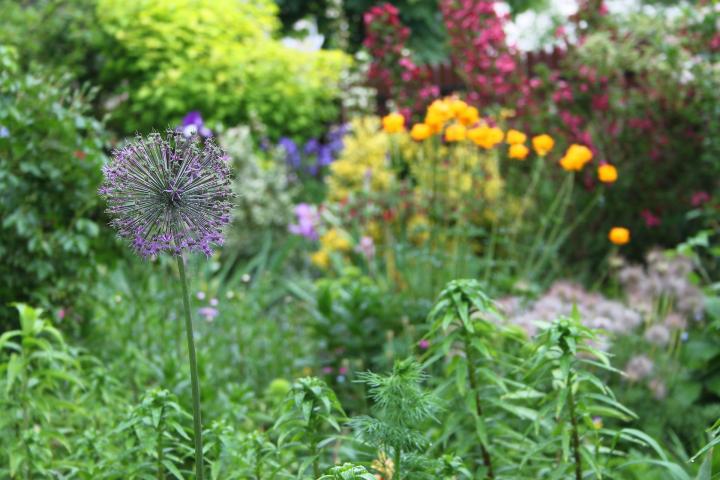
Salad Greens
For many greens, we’d stick to growing in containers or raised beds in order to keep out critters. However, they can easily be incorporated into the flower garden, too.
‘Bright Lights’ or ‘Rainbow’ Swiss chard have beautiful yellow, gold, and red stalks and veins. Red-leaved, bronze, or freckled lettuces such as ‘Lollo Rossa’, ‘Bronze Arrowhead’, and ‘Flashy Troutback’ are very attractive plants; and ‘Red Russian’ kale has blue-green leaves with red veins and edges. Kale is a nice choice in the fall when other edibles are harvested.


Vegetables
There are many beautiful vegetables that work really well in an edible landscape.
- Artichokes look beautiful as a perennial border, especially as a backdrop for other plants.
- Eggplants also add gorgeous color and texture. The long, thin varieties mature quickly and the dangling strands of ‘Ping Tung’ make a nice contrasting form against showy flowers. You could also try some of the Middle Eastern varieties, like Turkish Orange. For some reason, eggplants mixed with scented flowers also tend to keep away the critters.
- Hot peppers add a kick of color to your yard; with sweet bell peppers, you can create a rainbow of colors! As with the pole beans, just protect your peppers at the base when they’re young. Once they’re taller, they should be safe from critters.
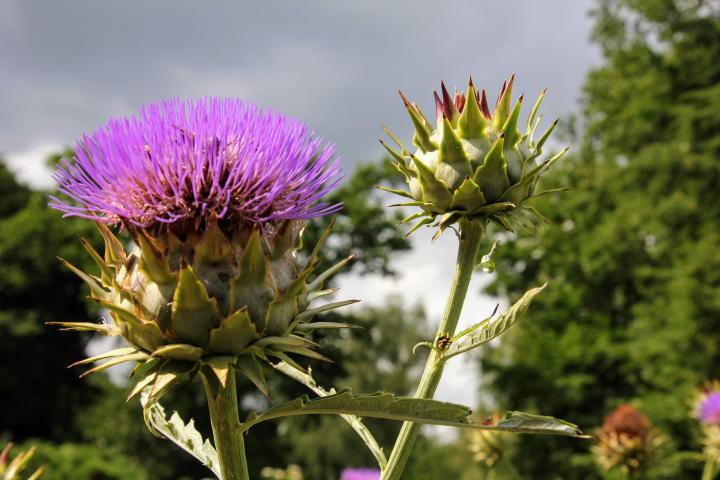
Flowering artichoke
Even if you have an apartment balcony or small patio, it’s easy to grow herbs and vegetables. Containers are also a great choice for busy families. Grow a pot of lettuce and you can harvest tender greens throughout the gardening season, or try cherry tomatoes and pop them into your mouth right off the vine!
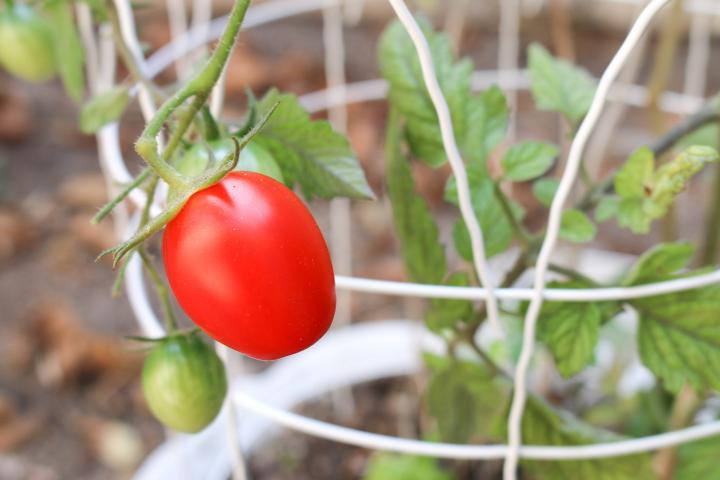
Edible Flowers
This seems like a no-brainer, but don’t forget to include flowers that are edible! They look great in a salad or soup—and are oh-so-pretty. See some of our favorite edible flowers for growing and eating!
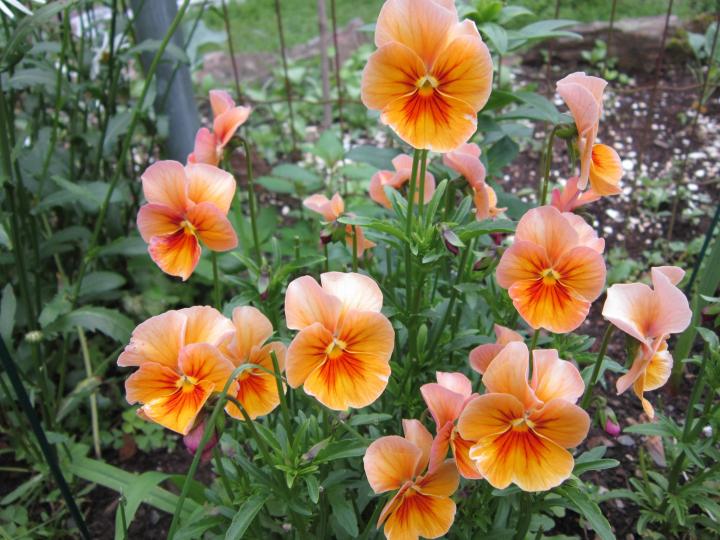
Taste-full Landscaping
You get the idea. It’s okay to mix things up and experiment, so try out different edible varieties all over your garden. Vegetables look great planted among the ornamentals and need not be banished to the back yard. Think edibles to make your landscape productive and pretty.
Don’t let planning your garden overwhelm you! Design your landscape with Almanac Garden Planner. Get a free one-week trial—ample time to play around!




